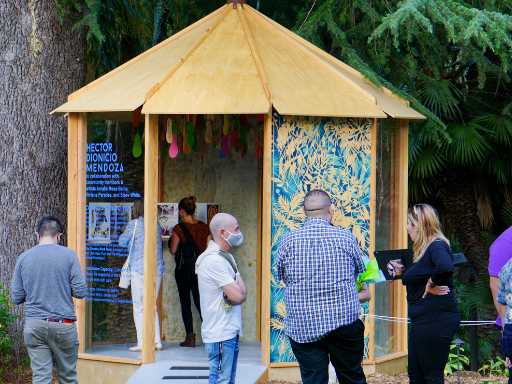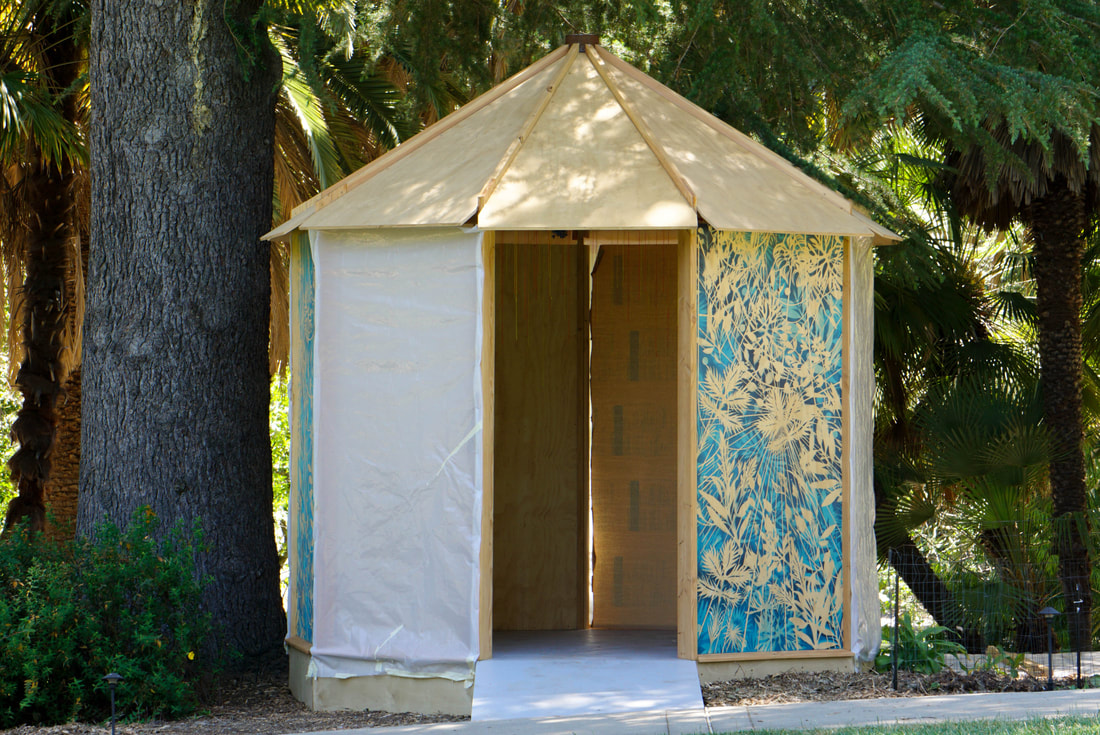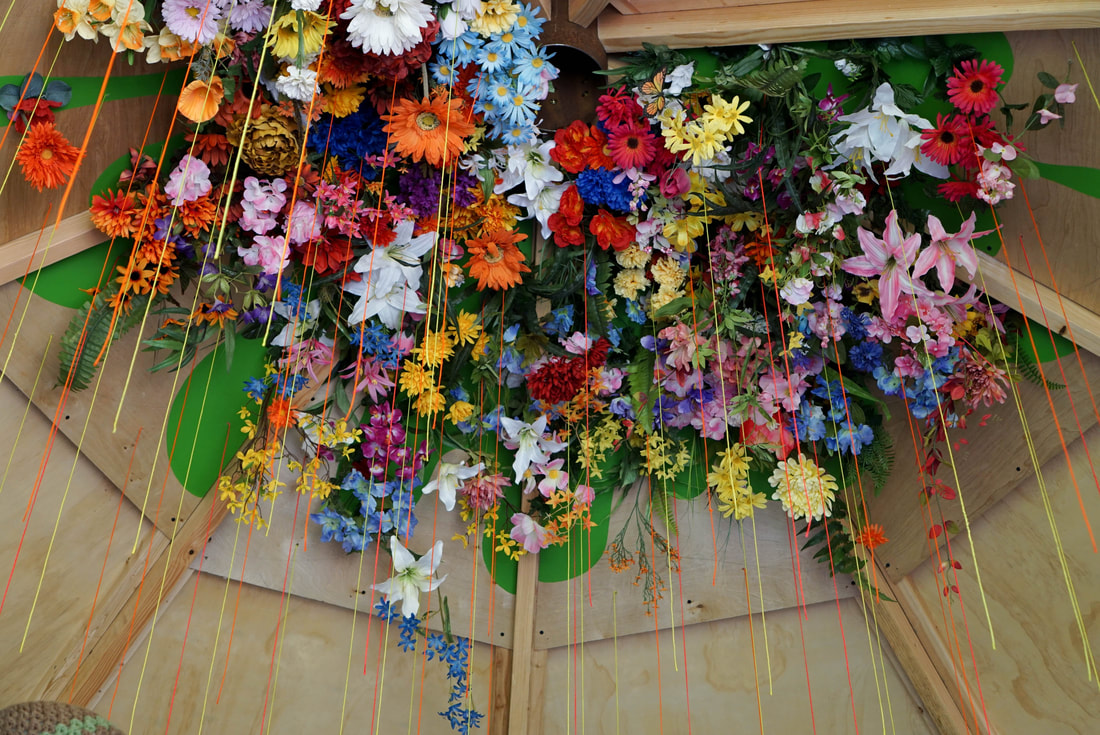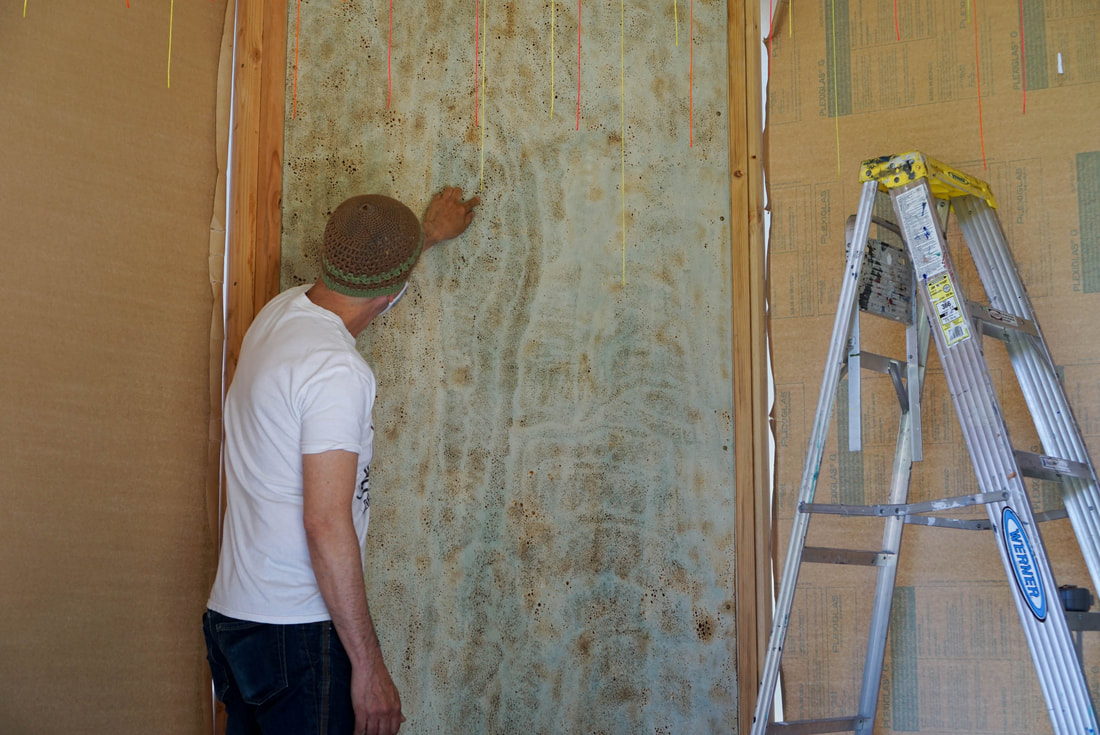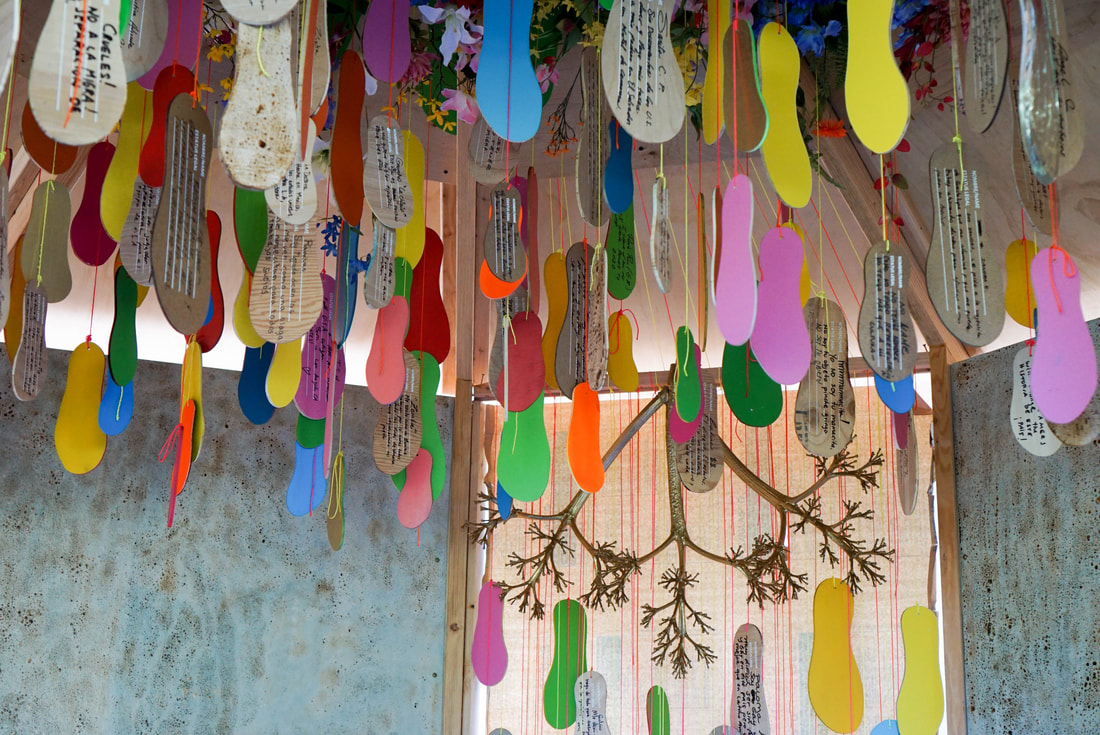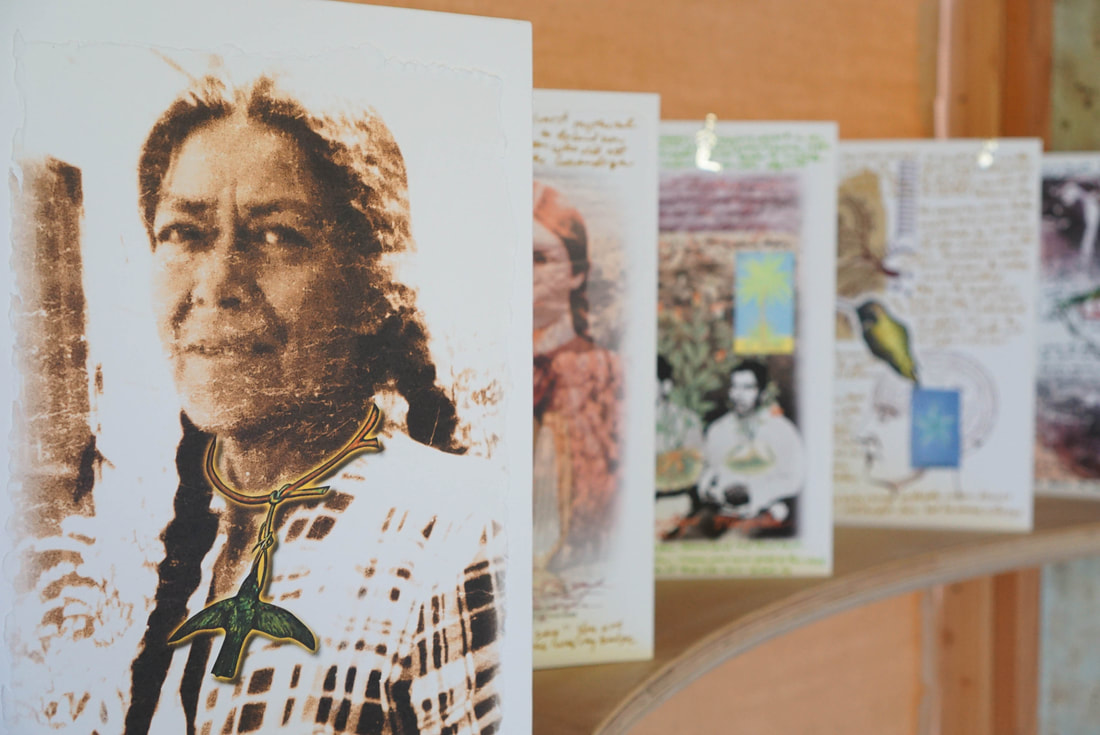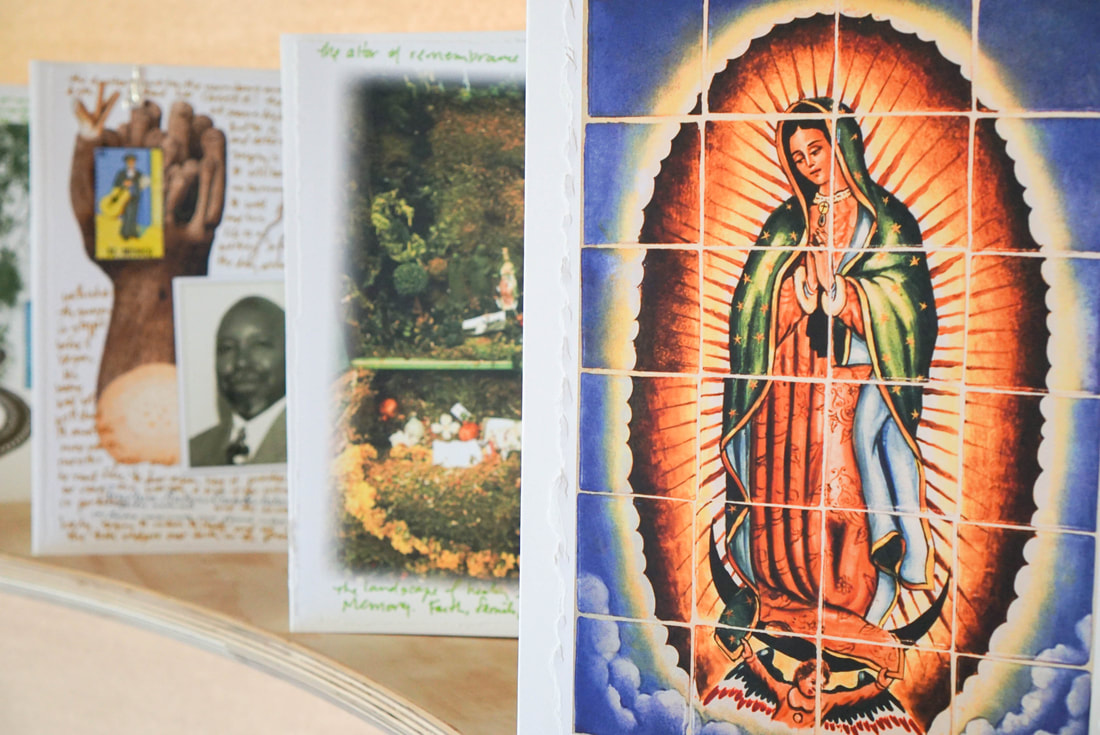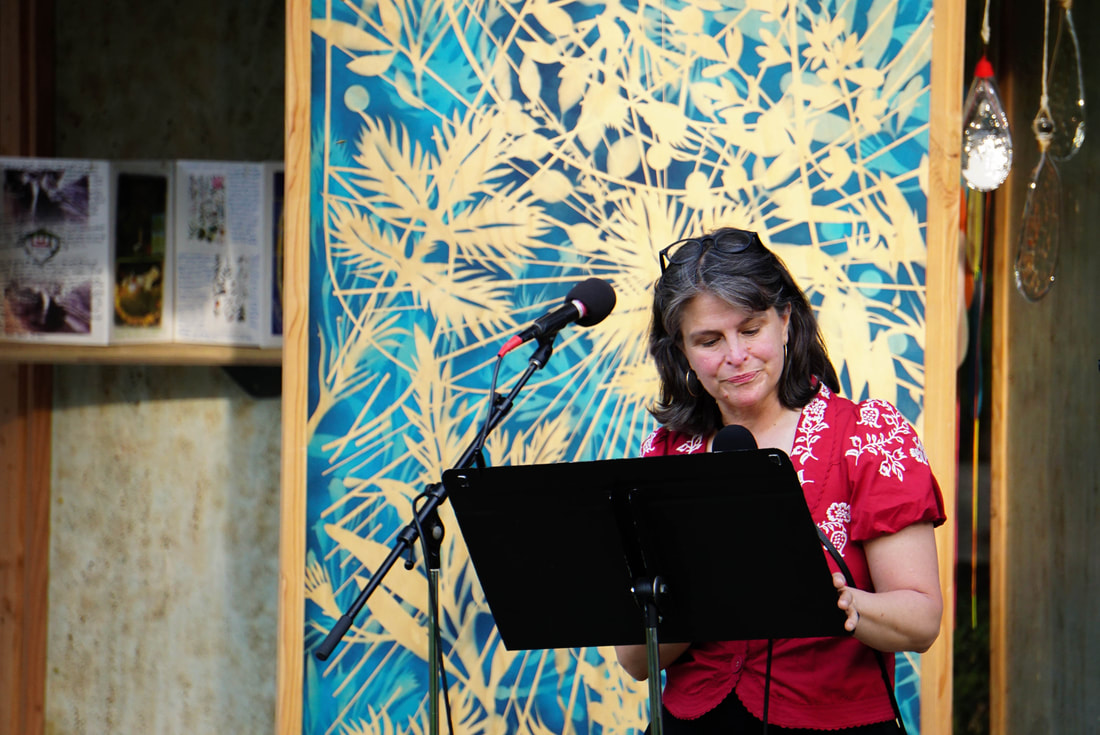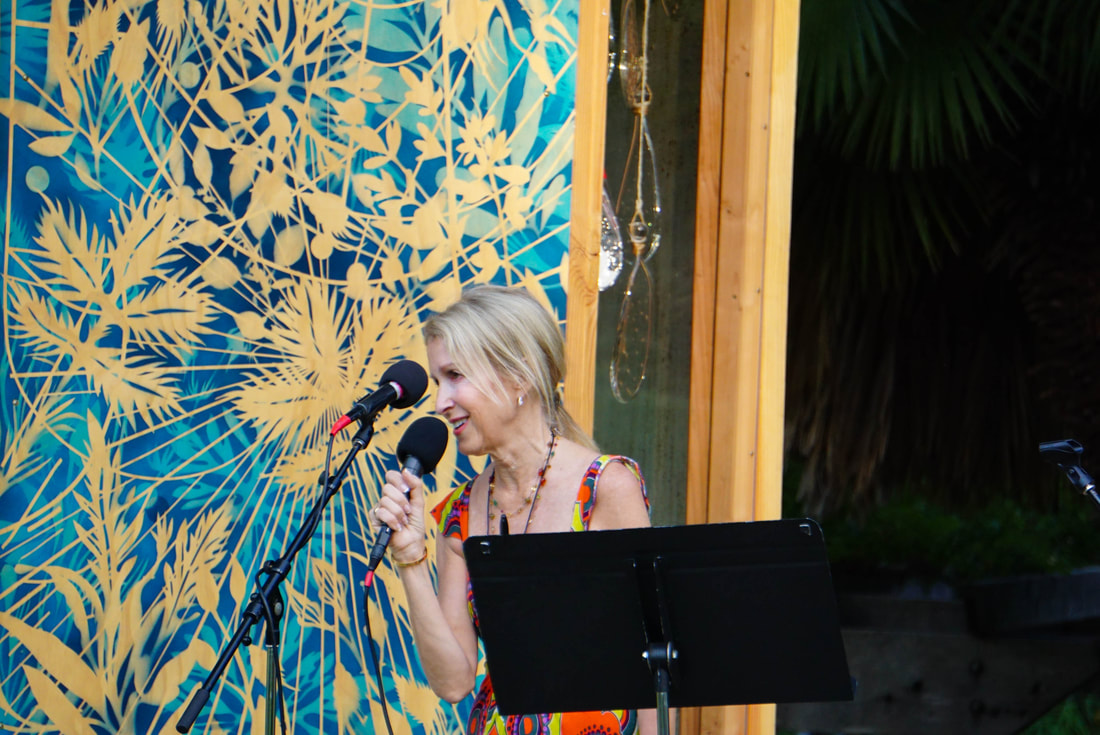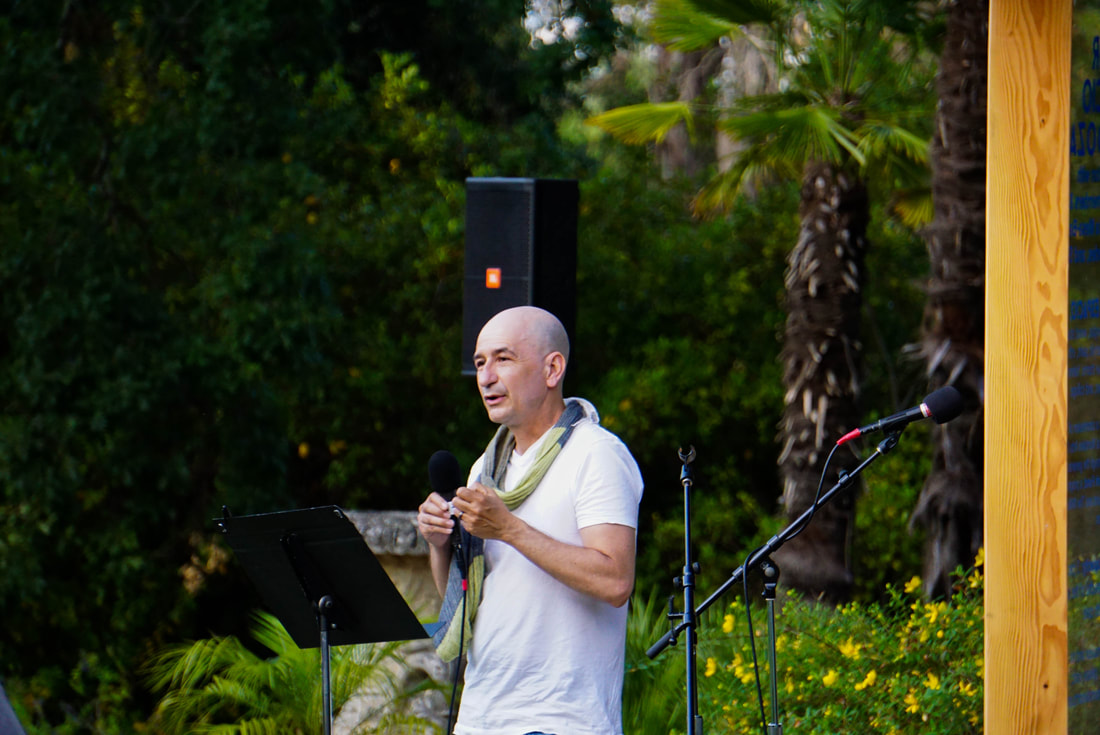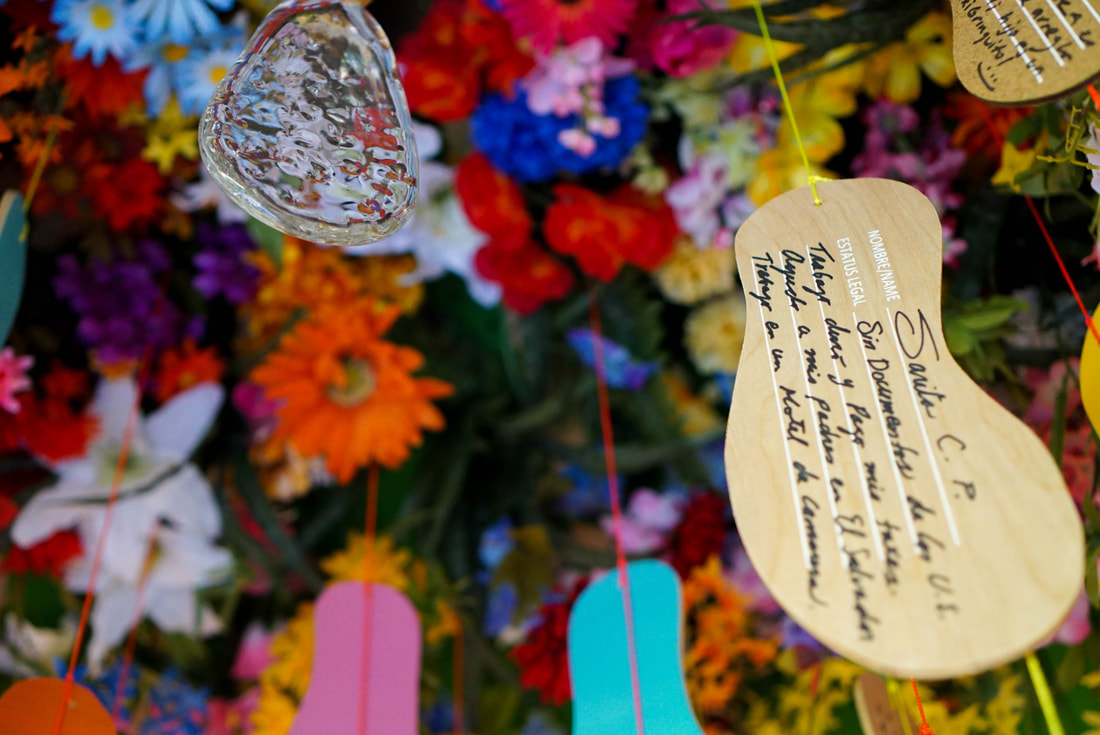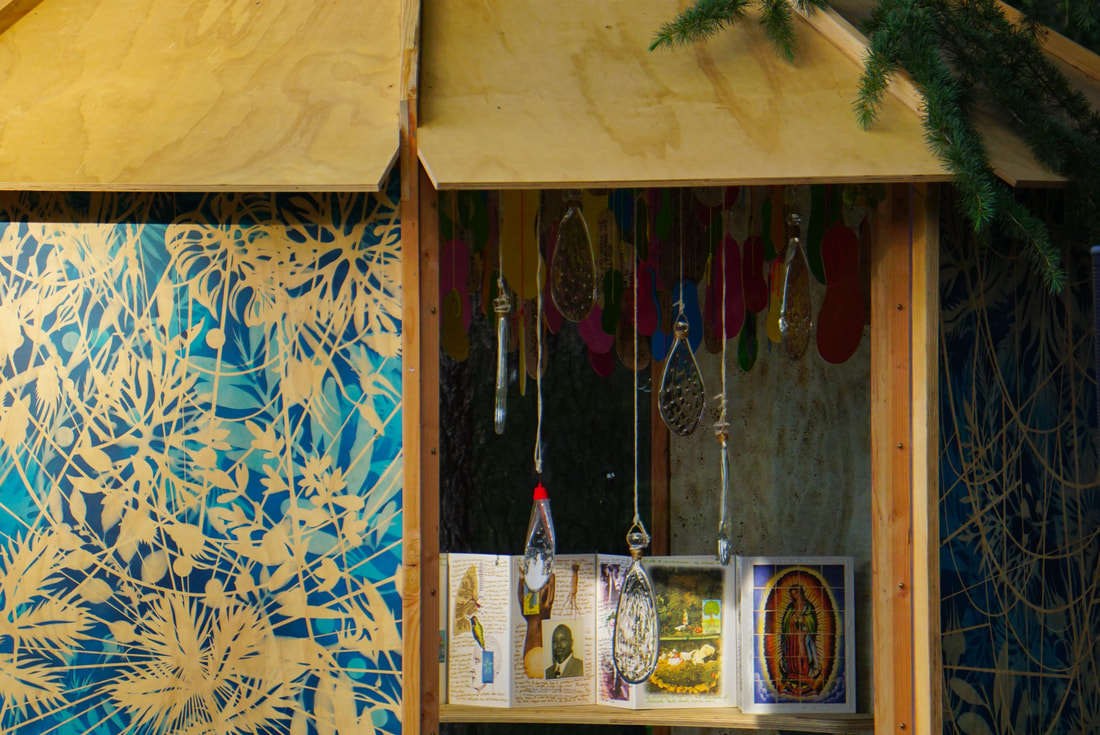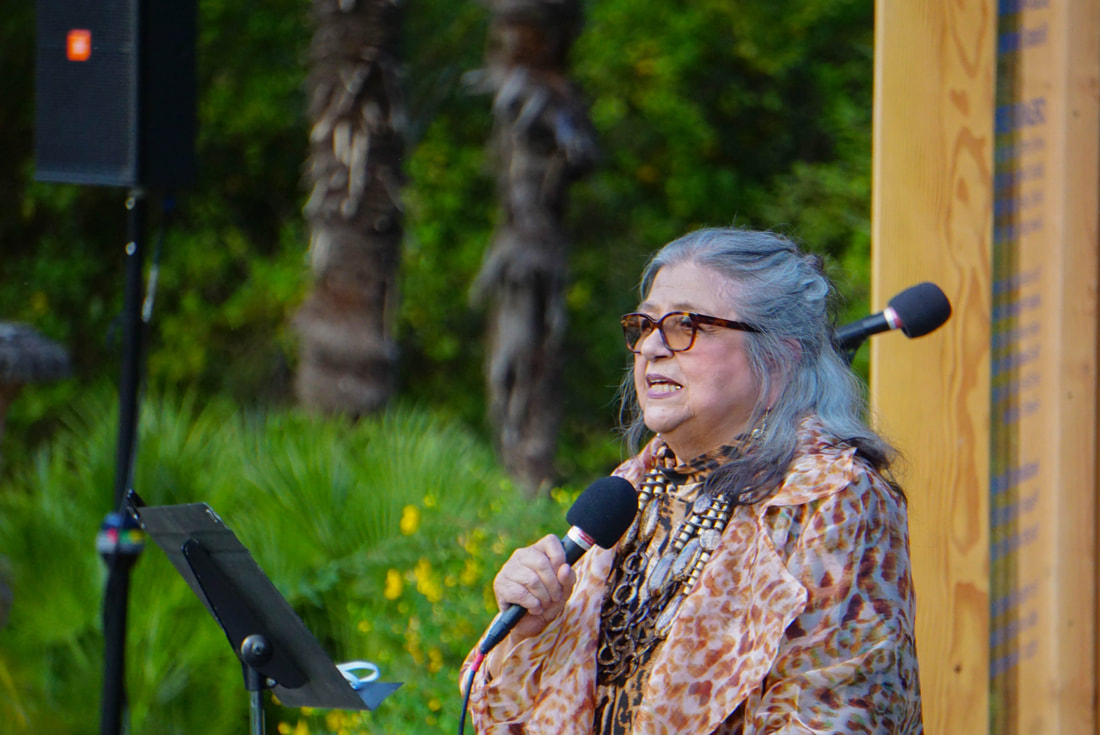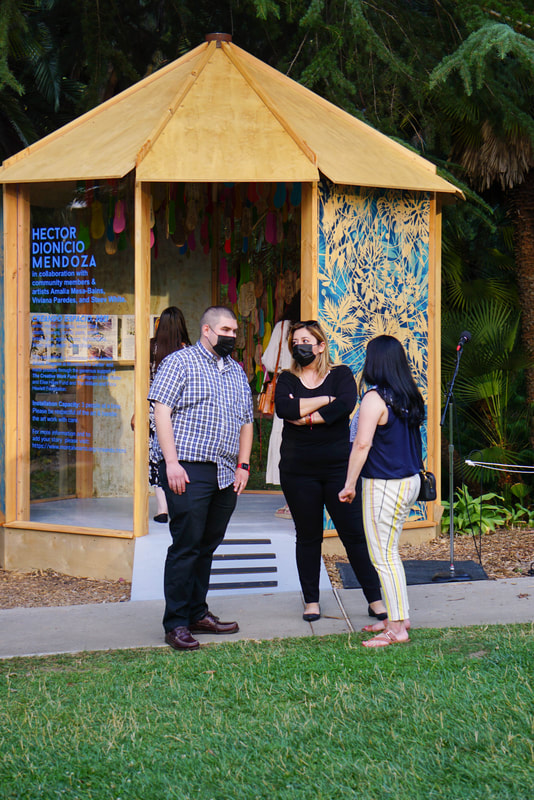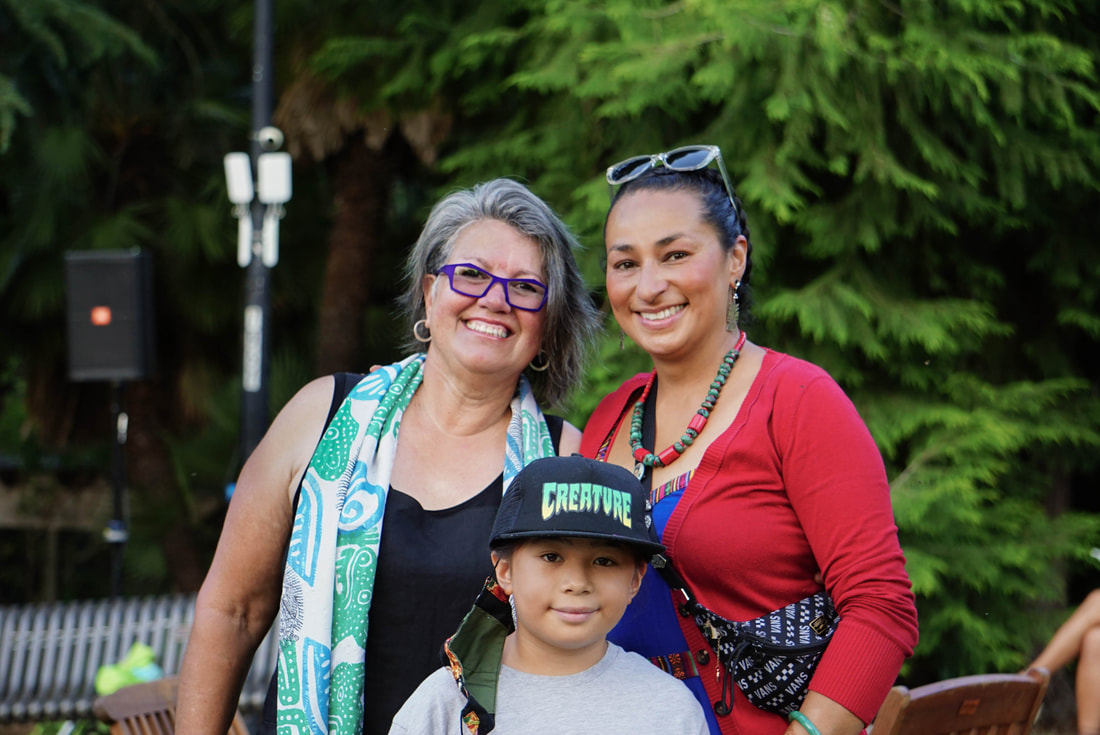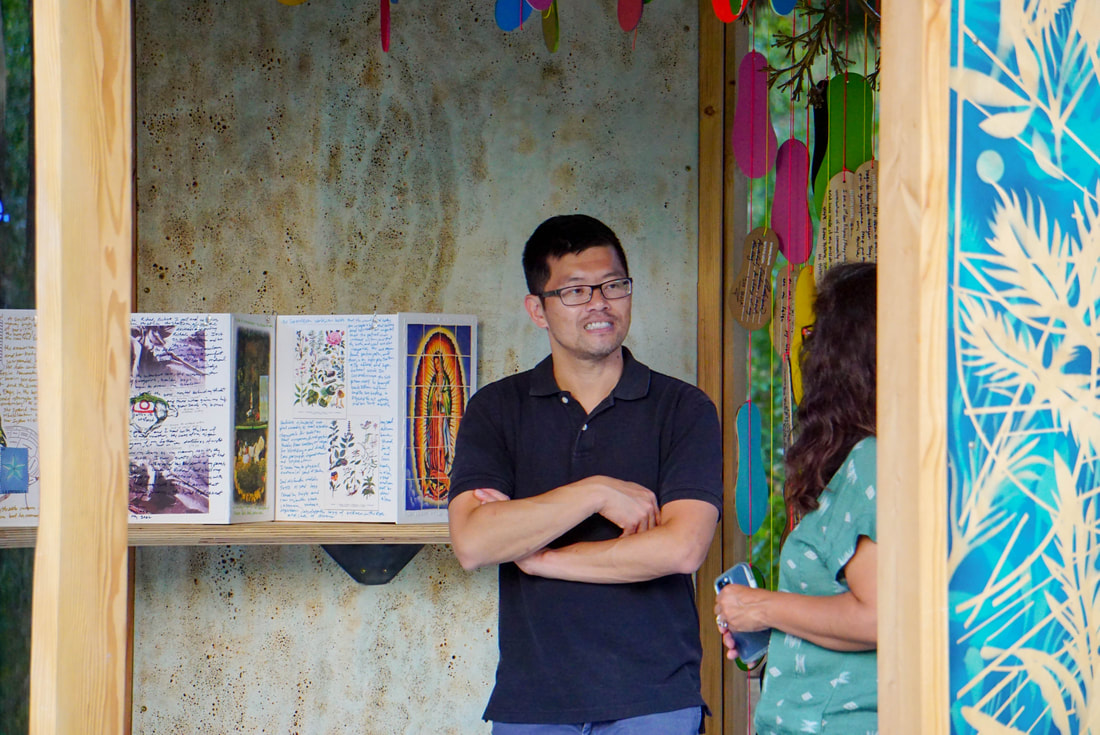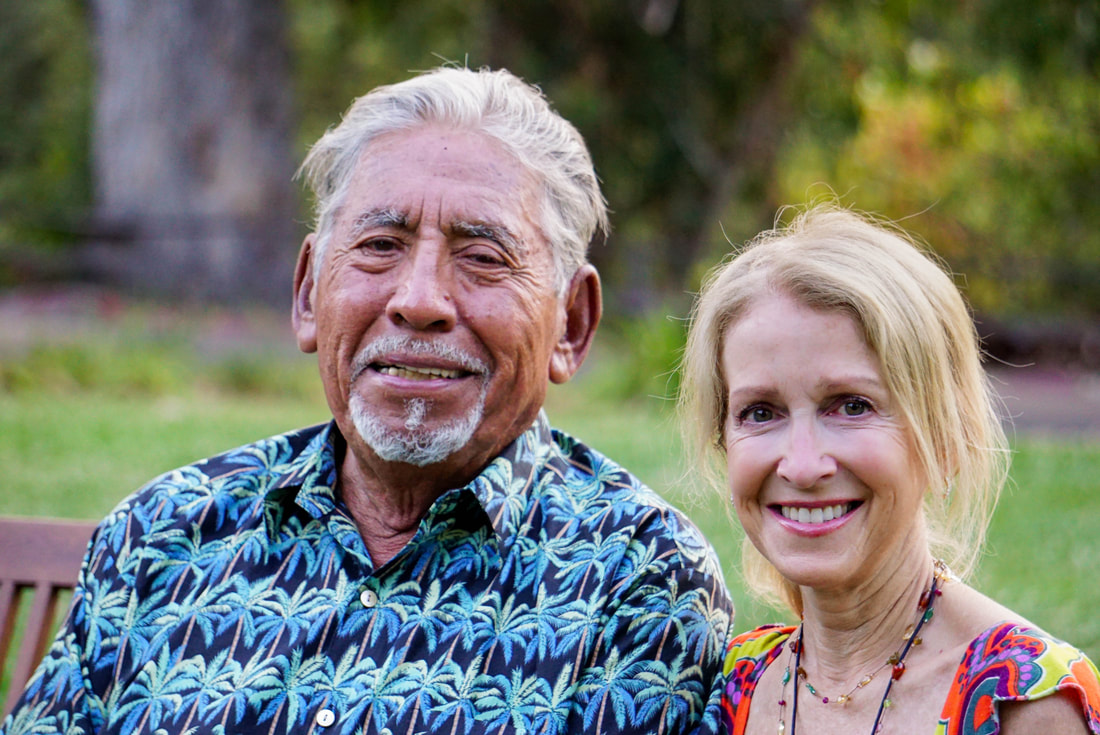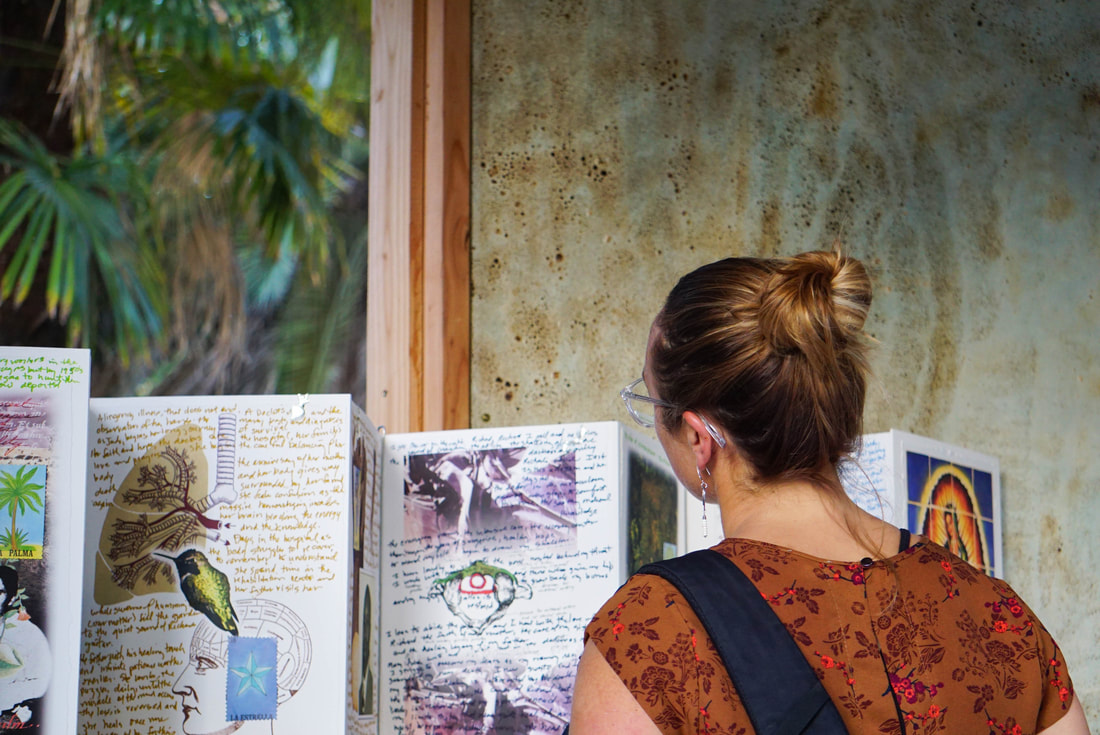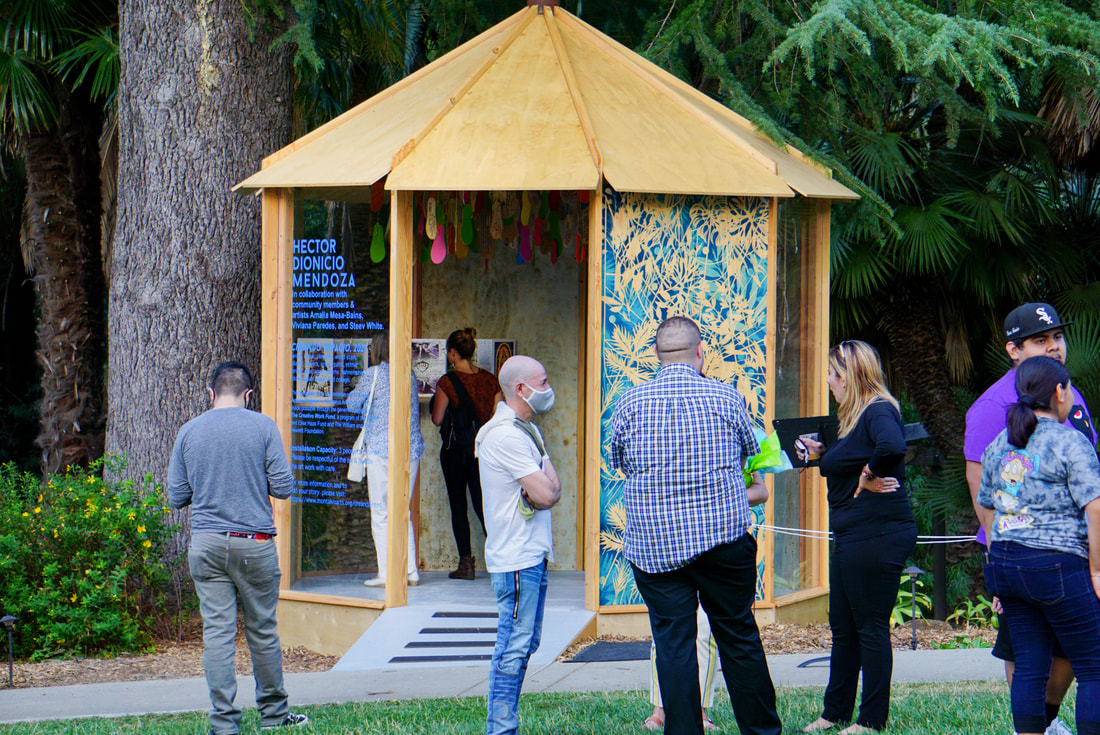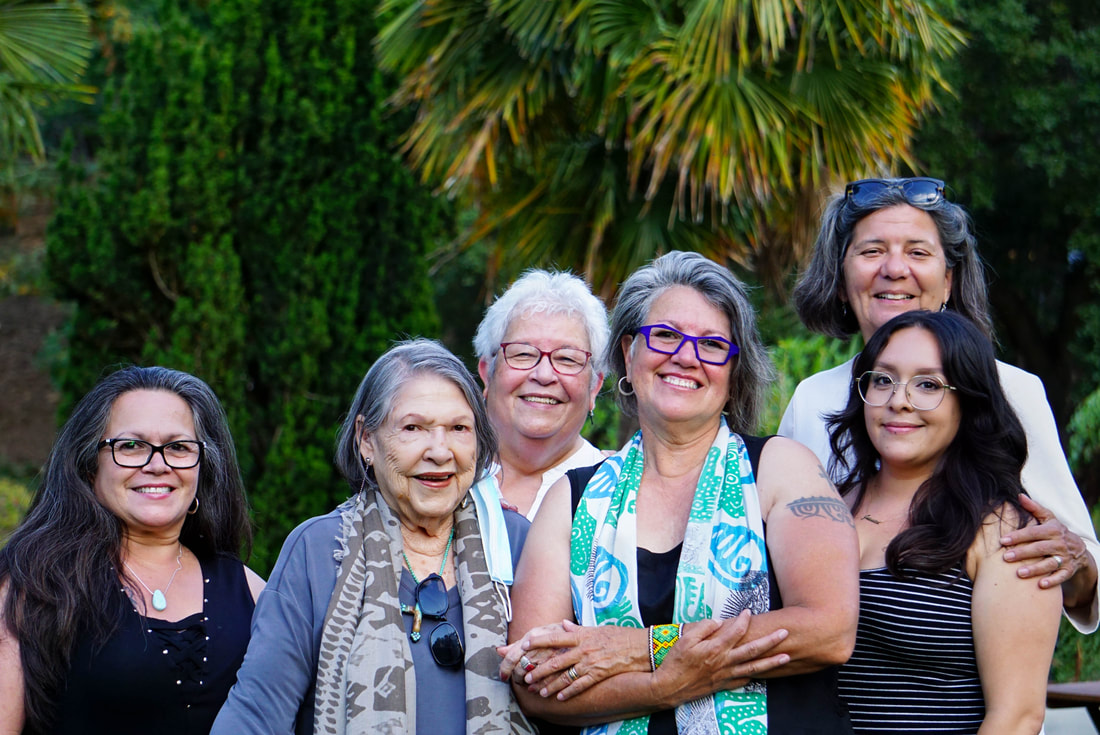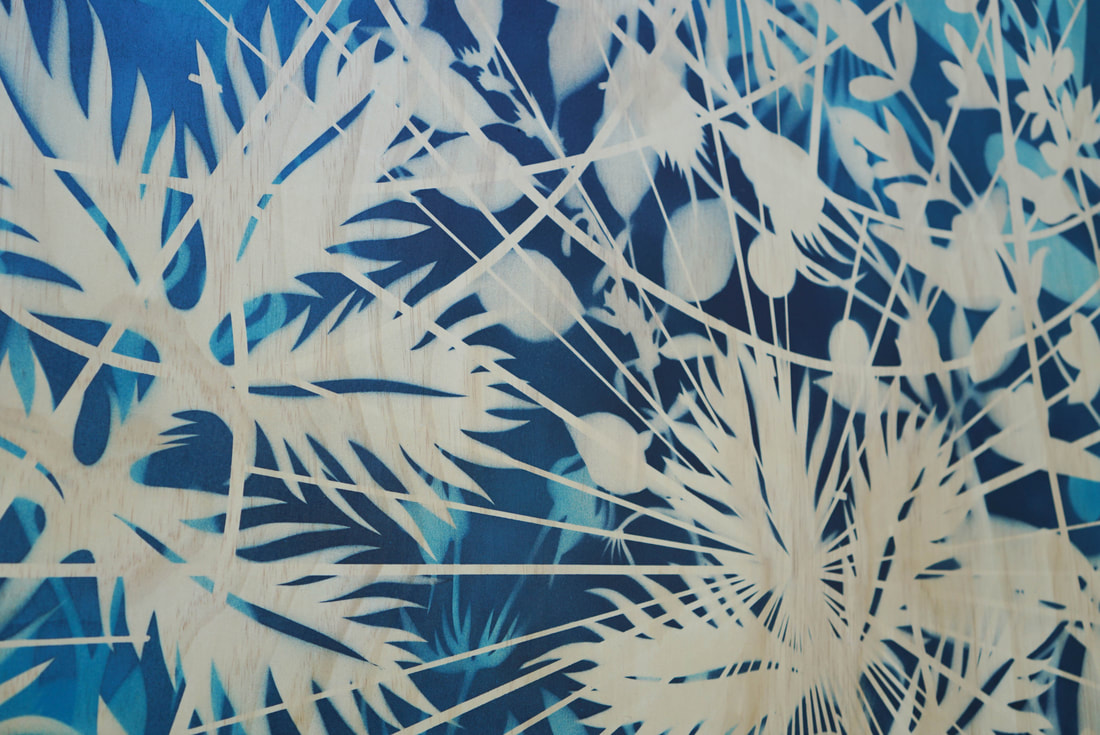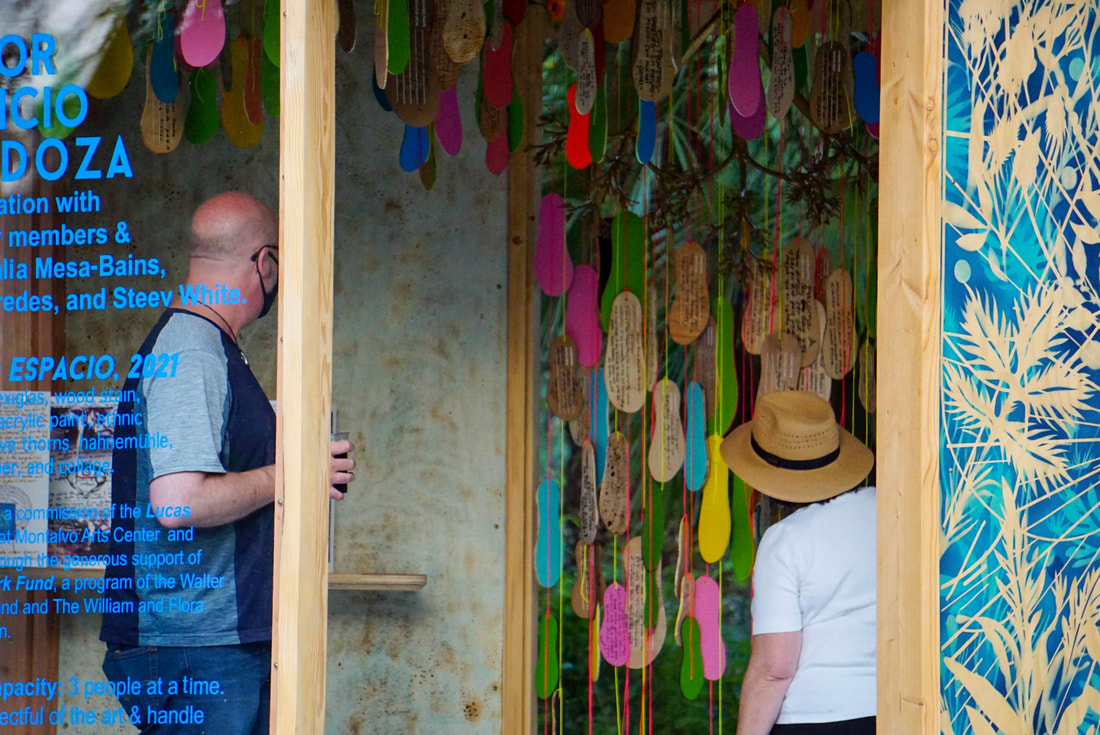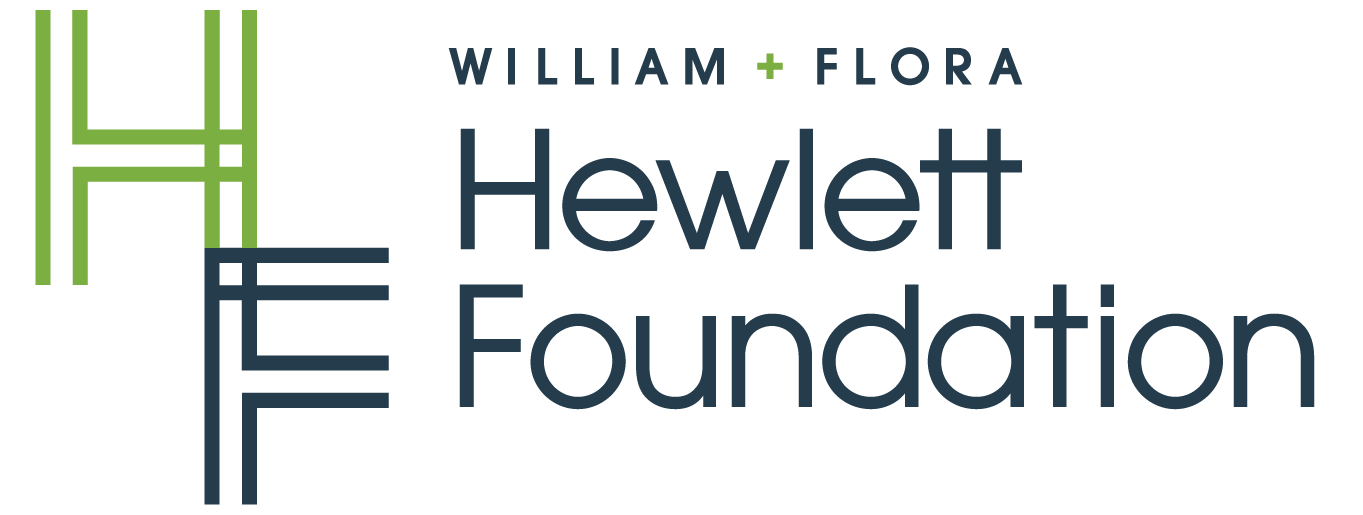Overview
Creando Espacio is a participatory art installation by Bay Area based artist, Hector Dionicio Mendoza in collaboration with Amalia Mesa-Bains, Viviana Paredes, and Steve White.
As a child, Mendoza grew up with a great appreciation for the importance of faith, ritual, and alternative healing traditions as practiced by his grandfather, a fifth-generation curandero (shaman). In Mexico as well as Central and South America, the curandera/o plays an important role to many people embarking on the long and challenging journey to El Norte/The North (the United States), providing blessings and protection before they depart in search of a better way of life. Creando Espacio draws on Mendoza’s childhood memories creating an outdoor dwelling that modernizes his grandfather’s healing space in Mexico.
With multiple activations and events, Creando Espacio serves as a participatory and meditative space for the community to reflect on their own memories and experiences of migration, connection, placemaking, and family rituals.
You are invited to share your own story of migration, family, and connection. Click here to add to the story archive.
Artist Bios
Meet the Artists
Hector Dionicio Mendonza
Hector Dionicio Mendoza, was born in Uruapan, Michoacan, México, and immigrated with his family at 12 years old to King City, California. He received a BFA from the California College of Arts and Crafts in Oakland, California, where he was awarded the Presidents fellowship which constitutes a full tuition scholarship. After he completed his Bachelor’s degree, Mendoza was invited to several artist-in-residence programs and exhibitions in Europe, including Kust Futur in Switzerland 2000, The Bossard Project in Berlin 2001, Casa Santos in Barcelona 2002, and The Putney Arts Center in London 2003. Mendoza’s awards include the Eureka Fellowship 2004 in California, Kunst Now 2005 in Berlin, and Eco-Conciente 2007 in Mexico City. In 2009, he received his master’s degree in fine art from Yale University. Mendoza currently lives in Monterey, California where he is an Associate Professor in the Visual and Public Art Department at California State University, Monterey Bay. Mendoza teaches studio courses in sculpture, painting, and screen printing. Mendoza’s work explores a wide range of themes, including the relationship between history, race and nature. Mendoza was a Lucas Artists Fellow at Montalvo Arts Center in 2015.
Amalia Mesa-Bains
United States and in Latin America. Mesa-Bains is best known for her large-scale installations and interpretations of traditional Chicano altars and ofrendas. Her work explores Mexican American women’s spiritual practices, and addresses colonial and imperial histories and the recovery of cultural memory, and the roles they play in identity formation. She also uses aesthetic strategies as ways to express experiences historically associated with Mexican American women and as sites for Chicana feminist reclamation. Mesa-Bains was born in Santa Clara, California, holds a BA in painting from San Jose State university, an MA in interdisciplinary education from San Francisco State university and a PH. D in clinical psychology from the Wright Institute in Berkeley, California. Mesa-Bains was awarded a MacArthur Fellowship in 1992.
Viviana Paredes
Viviana Paredes is a pioneering glass artist who brings her perspective as a Latina woman to her work to explore the cultural meaning of spirituality and nature. Based in San Francisco, Paredes has been the recipient of numerous awards, including the 2021 Fleishhacker Foundation – Eureka Fellowship; a 2017 San Francisco Arts Commission – Individual Art Grant; as well as artist residencies at the de Young Museum and Recology. She has exhibited her work internationally in Lille, France; and Mexico City, Tijuana, Guadalajara, and Morelia in Mexico; as well as nationally in Washington D.C; Albuquerque, New Mexico; and San Francisco, California. Paredes’ contemporary sculptures created from glass, bronze and other sources are brought to life with an infusion of organic materials. She creates elegant vessels that use the transparency of glass to highlight what is concealed within the object. Paredes’ installations of light and shadow give a sense of illumination, transparency and revelation as they reflect healing, forgiveness and self-acceptance, and explore the sacred space of ancestral memory, culture, and linguistic history.
Partners and Sponsors
This project was made possible in part by a grant from The Creative Work Fund, a program of the Walter and Elise Haas Fund that also is supported by The William and Flora Hewlett Foundation.
In the News
- ‘Creando Espacio’ Opening
By Mike Huguenor, Metroactive - Saratoga Community Briefs for the Week of Sept. 10
By Anne Gelhaus, Mercury News

